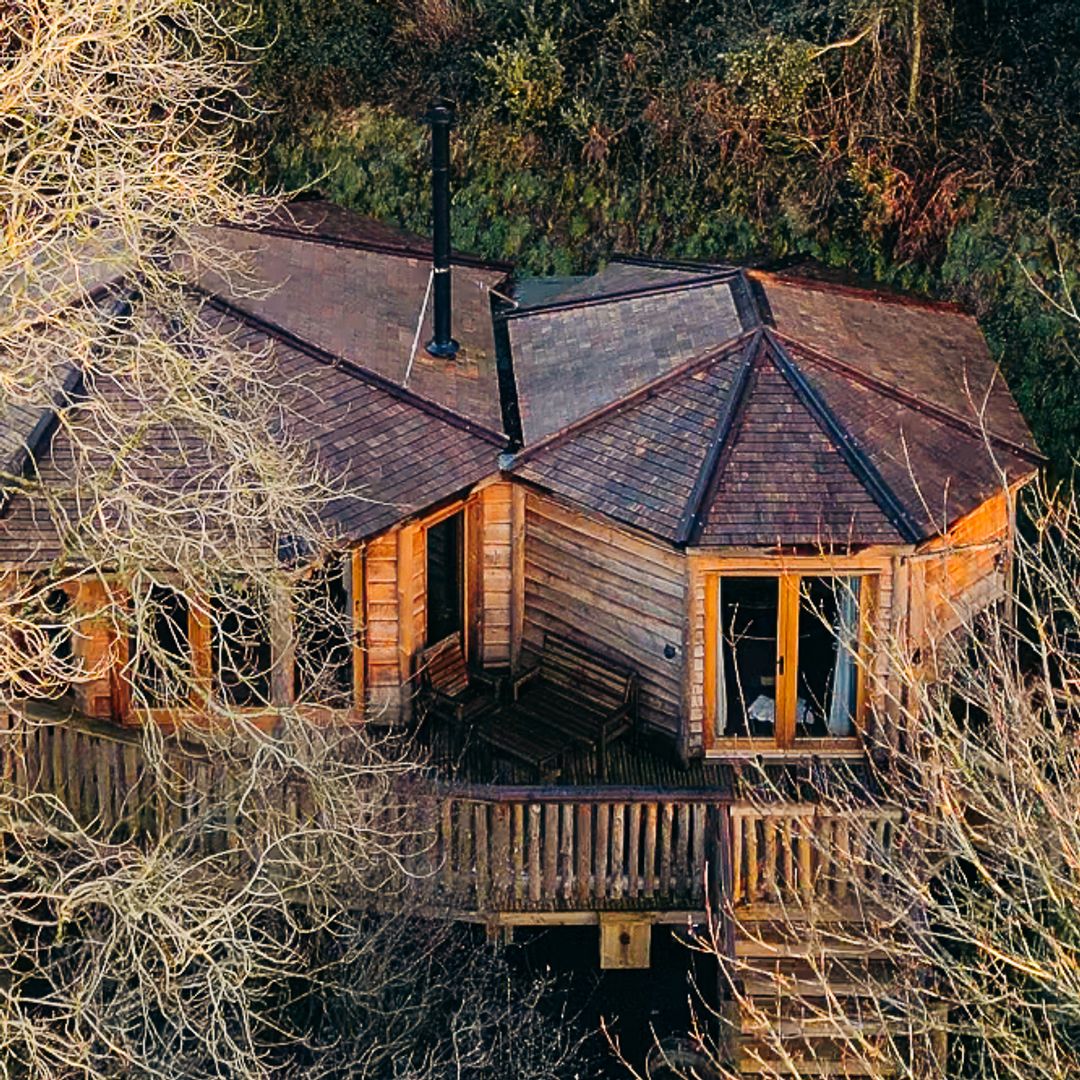Although herds of bison used to roam throughout the forests of Europe, the clearing of land by man and the hunting of these great herbivores for meat reduced their numbers almost to extinction.
Poland's Bialowieza Park is Europe's last lowland primeval forest and it is here that some 400 of the prehistoric-looking creatures roam wild in the twenty-first century.
They are the largest wild land mammals on the continent, males reaching up to three metres in length and two metres tall - bigger even than the American bison - and weighing in at around a ton.
On the border between Poland and Belarus lies the forest of Bialowieza, hardly touched by man since the last Ice Age. Today the area remains unspoiled, offering us a peek at back in time to when almost the whole of Europe was covered with vast forests, an age now gone forever. The 10,500 hectares of Bialowieza are home to over 5,000 types of plants, as well as around 20,000 species of birds and other animals including elk, red deer, roe deer, lynx, wild boar, black storks, grouse, beavers and wolves.
But the star of this protected area, declared a World Biosphere Reserve and World Heritage Site, has to be the European bison that roam the dense forest in herds of around twenty to thirty animals. They make their home among the ancient spruce, beech, maple, oak and ash trees: unlike their cousins across the New World, European bison were never fond of prairies and open spaces.
Today, the Polish bison need fear no predators: those who once threatened them are either very scarce or actually extinct due to extensive hunting and logging. The bison has been fortunate in escaping this fate.
From the fourteenth century, Bialowieza became a hunting ground where the killing of bison was the exclusive privilege of Polish kings, and later of the tsars, and where poachers faced the death penalty. Here, then, unlike other parts of Europe, the forest and the beasts that lived there managed to survive with some dignity until the First World War.
Then logging in the forest was uncontrolled and countless of the noble beasts were slaughtered to feed soldiers and refugees.
In fact, the last wild bison in Bialowieza died in 1919. A few years after the war had ended, an organisation was set up to restore the bison to Poland, and in the Fifties a dozen specimens, mostly taken from zoos, were reintroduced into the wild.
The bison that now roam the country's national parks are mainly descended from these animals. They are most common in Bialowieza, where about 90,000 visitors each year enjoy the privilege of admiring these ambassadors from the Stone Age.








